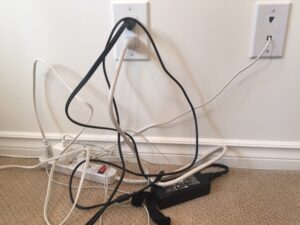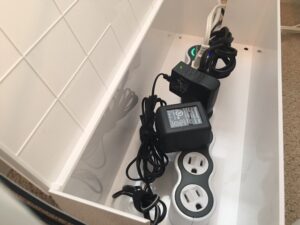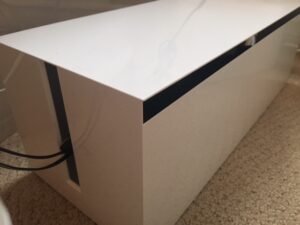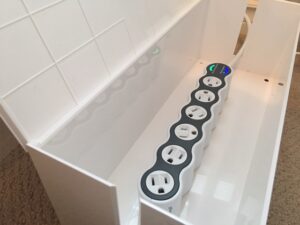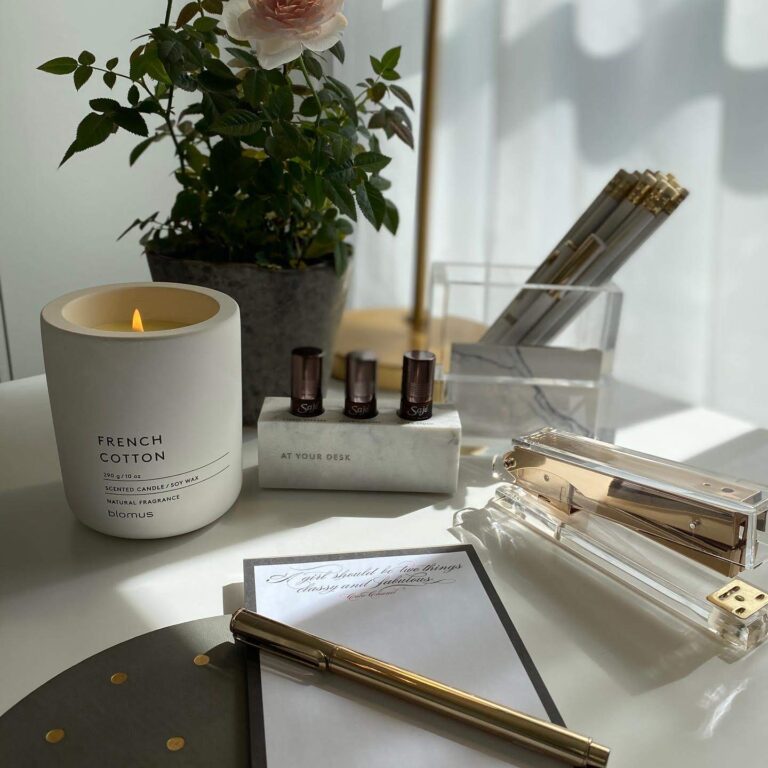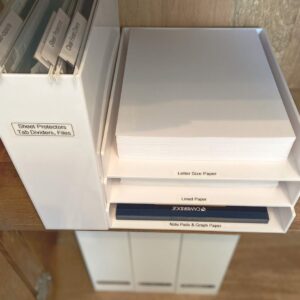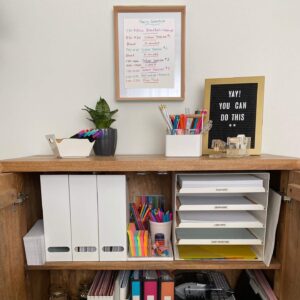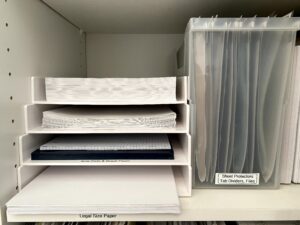What if I told you that if you stop buying these 10 things, you could free up a lot of space in your home? I can also guarantee you’d free up some time in your schedule!
And who doesn’t want more time these days?!
As a professional organizer, I see a lot of people’s stuff and I can tell you, no one really needs (or uses!) all those fancy, trending little home gadgets. Maybe I’ve just been scared off of them after seeing so many mass collections, but these 10 things I don’t buy anymore honestly just tend to overflow and become clutter in a home. And when something’s spilling over, it’s definitely a sign that area needs to be reorganized!
Did you know the average home has over 300,000 items? That’s a lot of stuff to maintain and organize!
Are you feeling overwhelmed by your stuff and looking for ways to simplify your life? Then stick with me because I’m going to share some time-saving strategies to keep your home organized… the simple and easy way 😊
✨ FREE DOWNLOAD ✨
Summer First Aid Kit Checklist
Be confident in any home emergency!
✨ FREE DOWNLOAD ✨
Summer First Aid Kit Checklist
Be confident in any home emergency!
10 Things I Don’t Buy as a Professional Organizer
My husband and I live in a smaller home, about 1500 square feet. I know that when a space starts overflowing with stuff, it’s time to corral that corner and declutter the area!
So let’s dive into today’s topic.
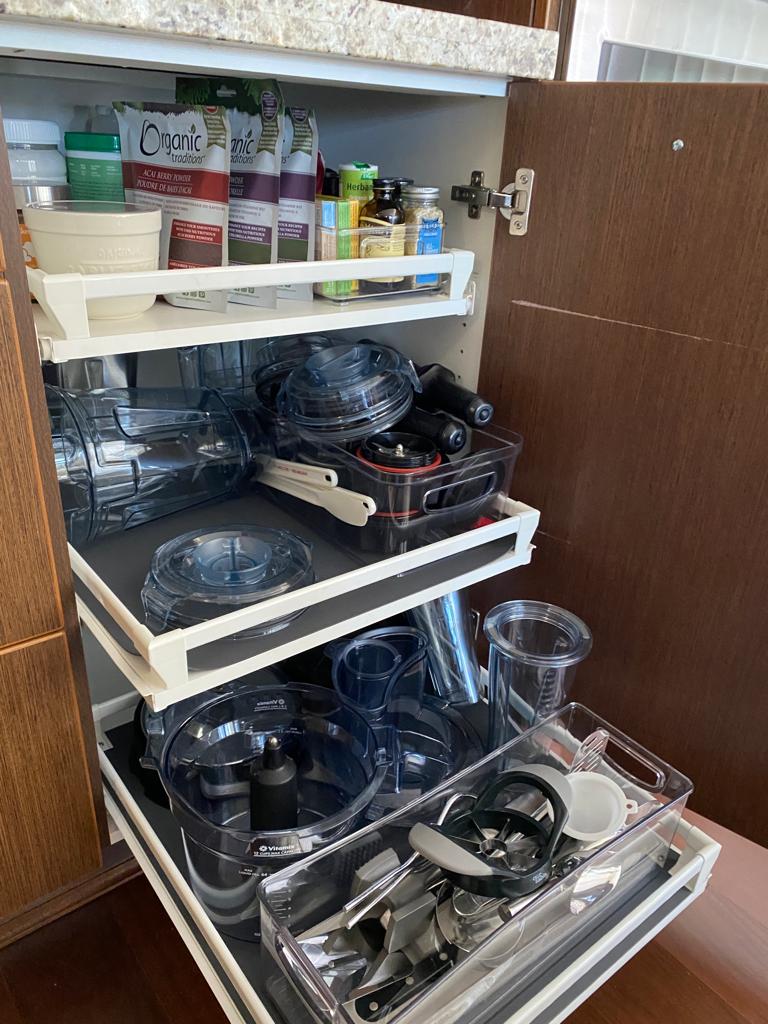
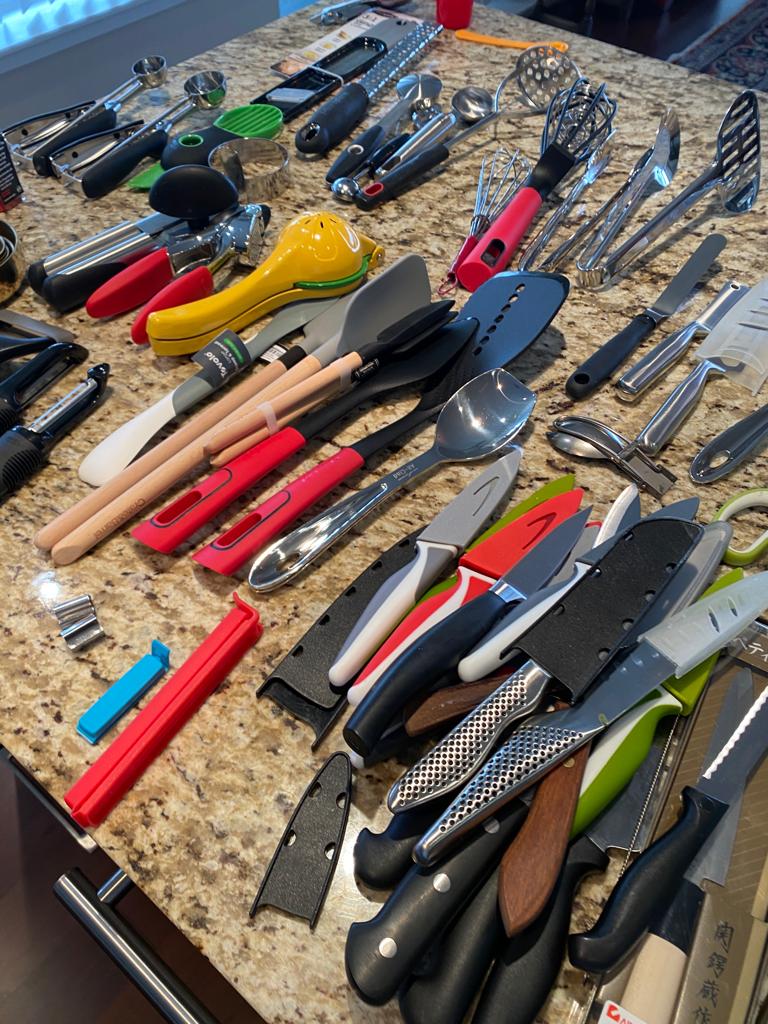
1 / 10
Starting off at number one, I don’t buy new kitchen appliances without a pre-determined space. I do see things that I would love to have, but if it doesn’t fit, something’s gotta go to make room for it first.
I remember one time, my husband came home with a salad spinner and I literally had nowhere to store it 😂 I had to reorganize the kitchen above our stove and the storage around our hood fan to make room for this salad spinner.
I’ve always been very conscious of how much space I have. If I’m going to buy it, then something’s gotta go. I follow the one-in-one-out rule.
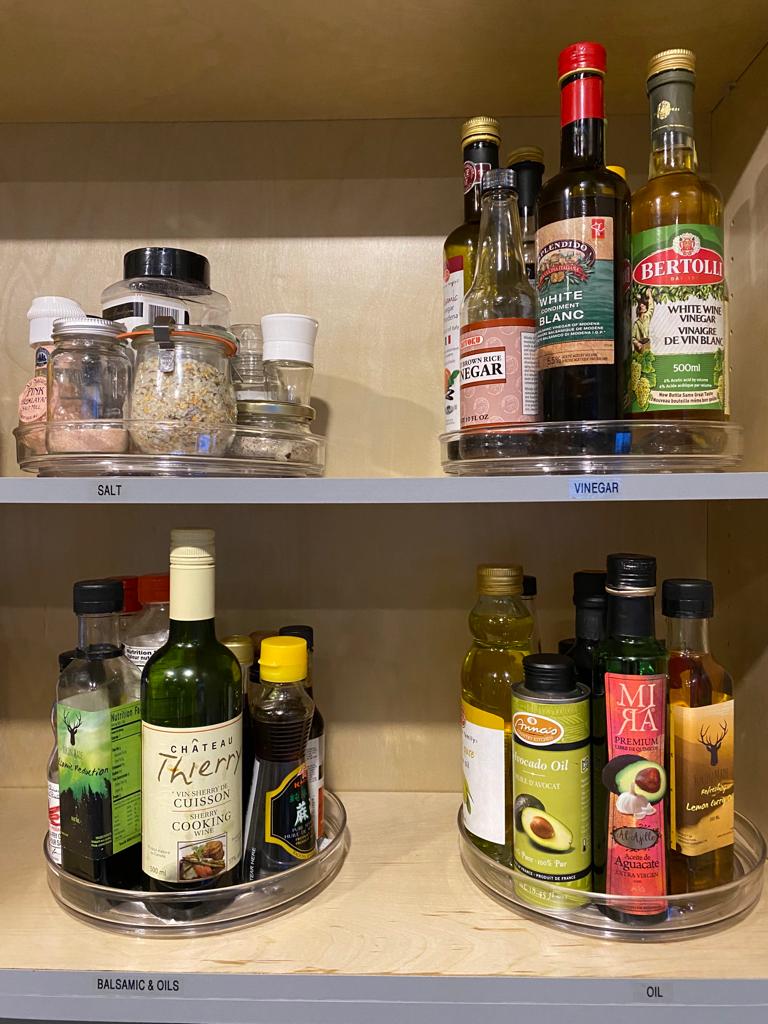
2 / 10
The second of 10 things I don’t buy anymore are tall spice containers and large oil bottles. These are things that I just don’t buy anymore because they can’t easily fit into my cupboard. I have a lower cupboard where, on a turntable, I store my oil bottles. But there’s only so much height in there.
You may be someone who likes to buy bulk amounts of spices, oils, vinegar, and sauces. This means you need to make sure that you have space to put it all away. And whatever amount of space you’ve allocated for it, you need to make sure that the bottles are going to fit height-wise, too. And don’t even consider storing them on their sides unless you want to clean up an oily, drippy mess!
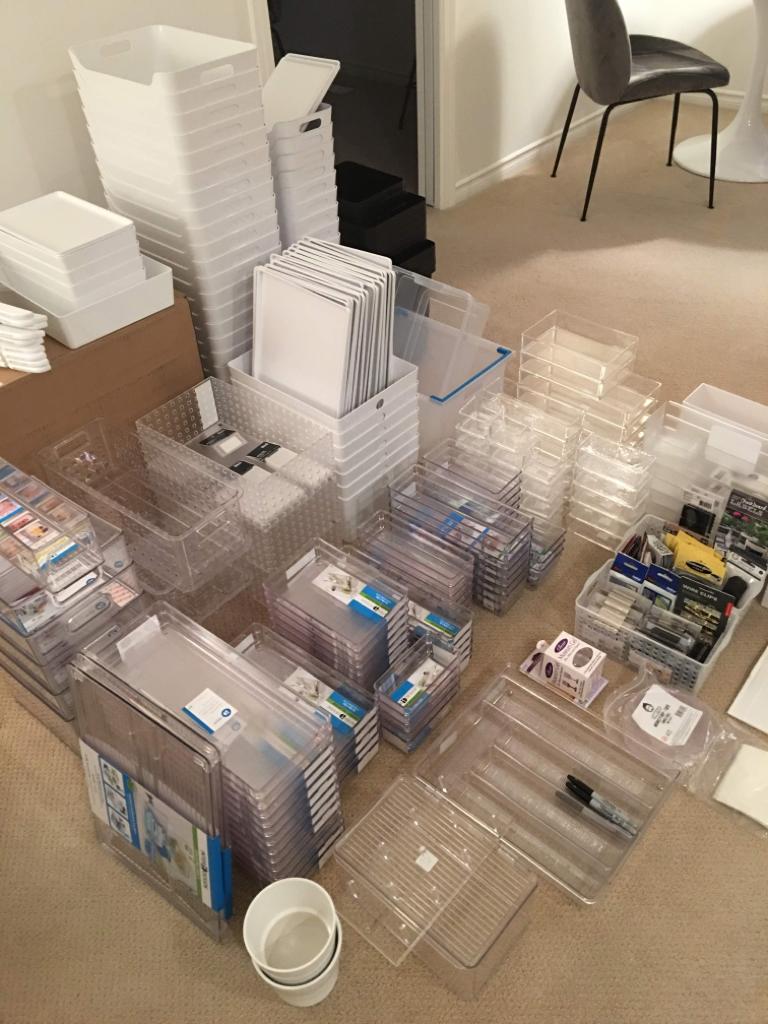
3 / 10
Next up is organizing products that don’t function well. I use a lot of organizing products and I test them all as well. I’ve found that if it doesn’t have multiple purposes and doesn’t function as intended, then I don’t even want it.
It’s way too easy nowadays to waste money on trendy products that promise us simplification but don’t deliver. So it’s crucial that you do your research (or check our product recommendations!) before purchasing dodgy items.
While the quality of each product is a big factor in its functionality, sometimes buying random items before planning how you will organize the space can create problems too. For example; a basket that cannot physically fit in a space, a turntable that’s too wide for a cupboard, spice jars that are the wrong shape for your rack, drawer organizers that are too tall so the drawer won’t close, weak shirt hangers used for coats can break, and so on. This is why I always make my plan to organize a space and then work on finding the products that are going to function the best for that project 👍🏼
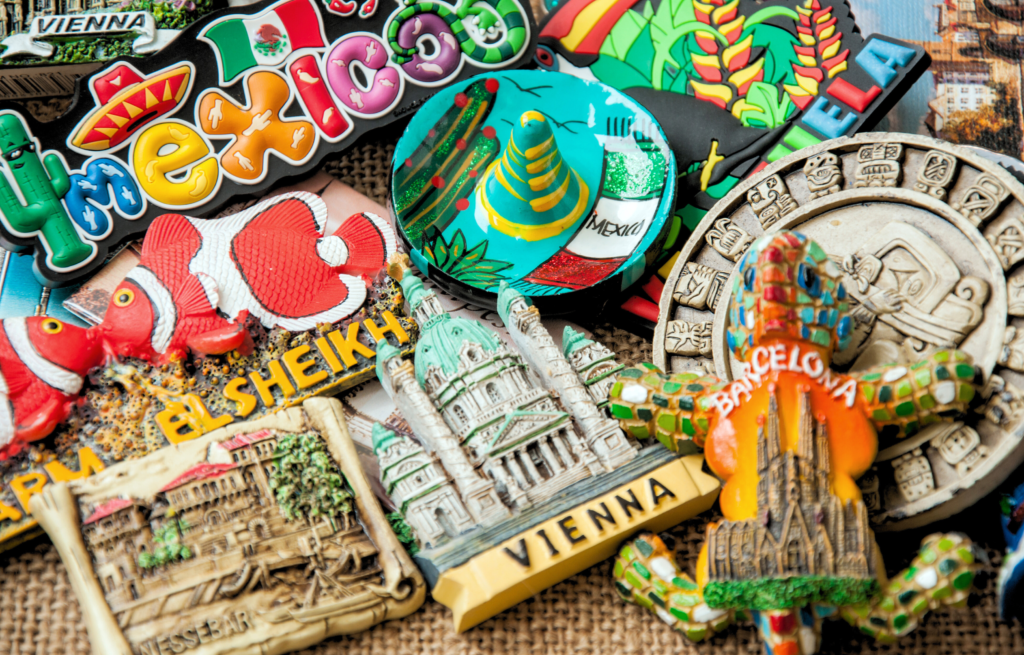
4 / 10
The next of 10 things I don’t buy as a professional organizer are souvenirs from concerts and vacations. I’m someone who likes to keep these items to an absolute minimum because I don’t like how they clutter up my space.
How many times have you gone to an event and come home with pamphlets, books, maps, tacky t-shirts, keychains, magnets, and the like? Don’t worry, I won’t make you actually count 😂
If your kids go to camps or play sports where you need to purchase those t-shirts, think of a way you can give the item a second life. Whether that’s reusing them as rags after they’ve outgrown them or turning them into a memory pillow!
My preference is to take photos of everything, I find that I look at the photos a lot more. This way, I can also display them or share them with others. You could turn them into photo books too, or you can just remember the vacation and the experience. You don’t necessarily need to bring home “things” to remember the experience 😊
5 / 10
The big number five is reusable water bottles! It’s so fun to collect all the different types… until you get home and have nowhere to keep them. So how many of these do we really need? Let’s break it down 👇🏼
For myself, I use 3 – 4 water bottles every single day. I have hot and cold drinks plus protein shakes that I take to client projects each day.
So yes, you do need some to take with your lunch or pack in kids’ lunches. But how many does one household actually need? When I go through coffee mugs, thermos’, and water bottles at clients’ homes, I’m always amazed! In the average home, I’m seeing usually 25 to 40. Sometimes even 50+ containers for hot and cold drinks! No one needs this many, even if you’re a family of five. Depending on your frequency of use, you should keep 1 – 2 per family member.
I recommend you narrow down your water bottles to only the favorites and the ones that you use all the time. Donate the rest!
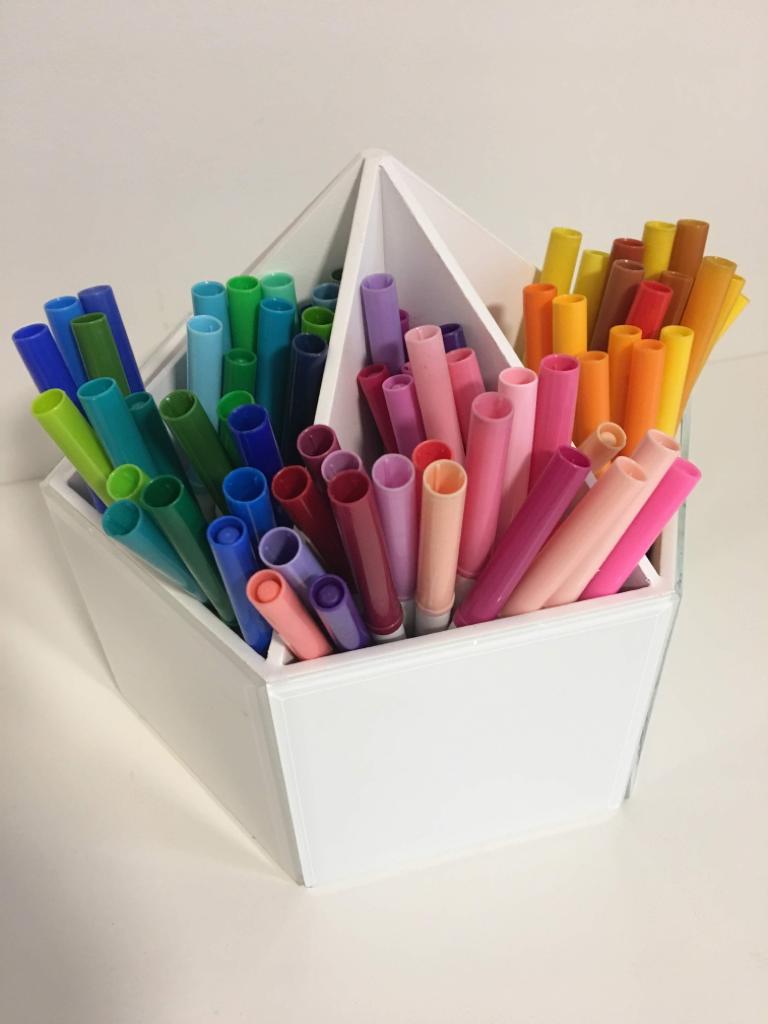
6 / 10
Here we are with 10 things I don’t buy at number six with office supplies. More like excessive office supplies, like in those pretty impulse sections at Staples!
I like to keep pens around the house in useful spaces, like in my office, the laundry room, a couple in my car, and some in the kitchen. I also have one by my nightstand and in the bathroom, along with post-it notes next to them. And what I’ve noticed about myself is that I love how quickly I can jot something down.
I do have some extra office supplies in case something runs out, but the reality is, I don’t need a hundred pencils. I certainly don’t need a bunch of different colored impulse-buy pens!
Sadly, I see this in home offices quite often. Another clutter-encouraging habit is bringing home pens from events and hotel rooms. They will just keep collecting. Just stick to your favorite, fail-proof office supplies and have a few extras of the things you use most frequently on hand. Make sure you organize them in one place.
If you need specialty papers or mailing supplies like envelopes and stamps then create an area for those supplies, and be realistic with yourself. How much do you really need?
Don’t forget to think about when the kids are in school too, as they’ll be coming home with their backpacks full of papers each day. Plus, at the end of the year once they’ve emptied out their locker from school, stay one step ahead. Avoid clutter overwhelm by weeding through all of their locker contents as soon as it comes through the door so it doesn’t end up piled on your office supplies.
You can donate extra supplies to organizations who are looking for them, and sometimes schools will take things too. But when pens and pencils are small or worn out, it’s time to say goodbye and let those go.
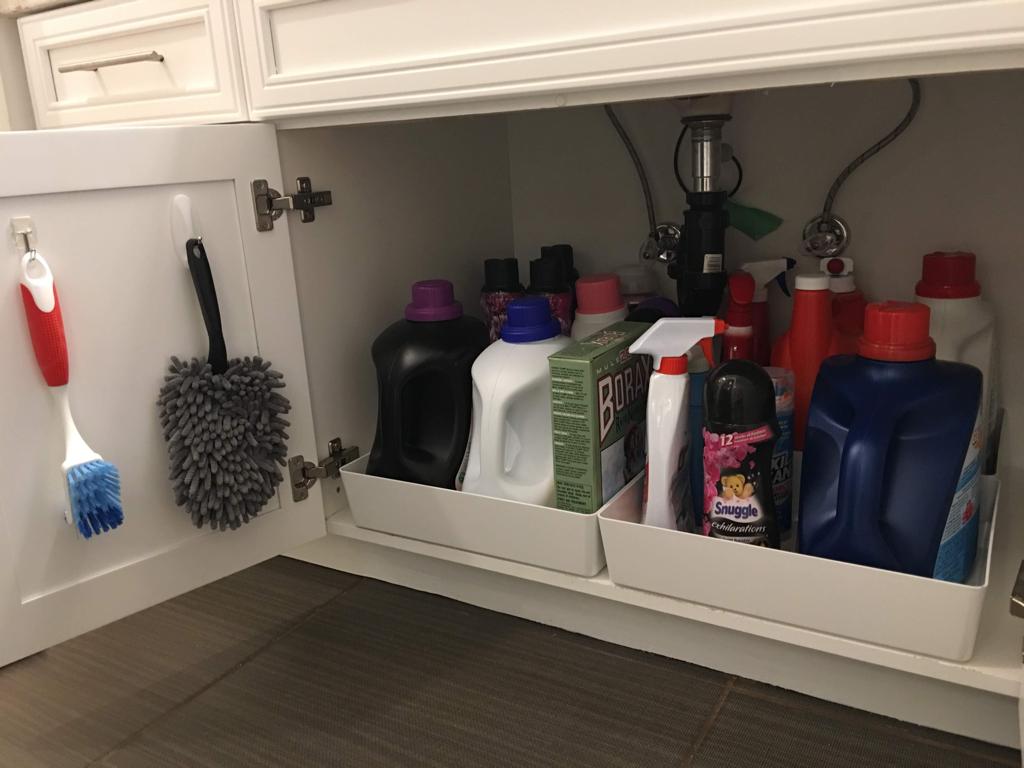
7 / 10
Number seven is excess cleaning supplies! I included this in the 10 things I don’t buy because my preference is to buy multi-purpose cleaners that do more than one thing so I can save storage space (and money!).
I have cleaning supplies on each level of my house, and I do this on my clients’ projects as well. That way there’s always something close by for cleaning upstairs, downstairs, and in the garage. I just find that it’s simple and easy.
Another tip is to buy a concentrated solution so you can water it down in your own bottles. You will be amazed at the amount of cleaning supplies you can cut down on by implementing these few tricks! You could probably cut that down by half at least, and you’re going to free up so much space. And bonus – it’ll be easy to find what you need when you need it!
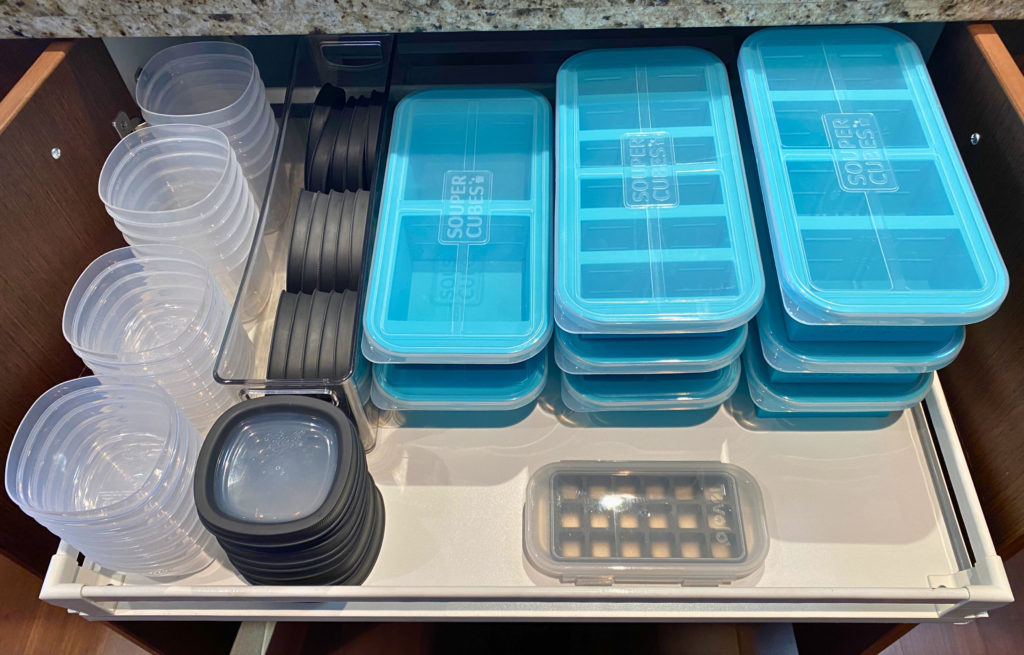
8 / 10
Number eight is round food storage containers.
The reason is, when you have different shapes that need to fit in your fridge drawer, it makes it extra difficult. The square and rectangular containers can sit nicely next to and on top of each other, but throwing circles into the mix just won’t work as smoothly. I’m all about simplifying life, so I have no extra time to wrangle with inanimate objects!
So make sure that the containers you’re buying will work for your space and consider purchasing some extra so that if any of the glass ones break, you can easily replace them.
Now I do buy small round containers for my lunches, to keep sauces and salad dressings in. And for kids’ lunches, you will also need some small ones. However, as a general rule, when I’m buying food containers for use in a fridge or freezer, I won’t buy round. I just find they’re harder to stack and they take up more space. I want to maximize the little amount of space that I have in my fridge, my freezer, and in my food container drawer, so these are a no from me!
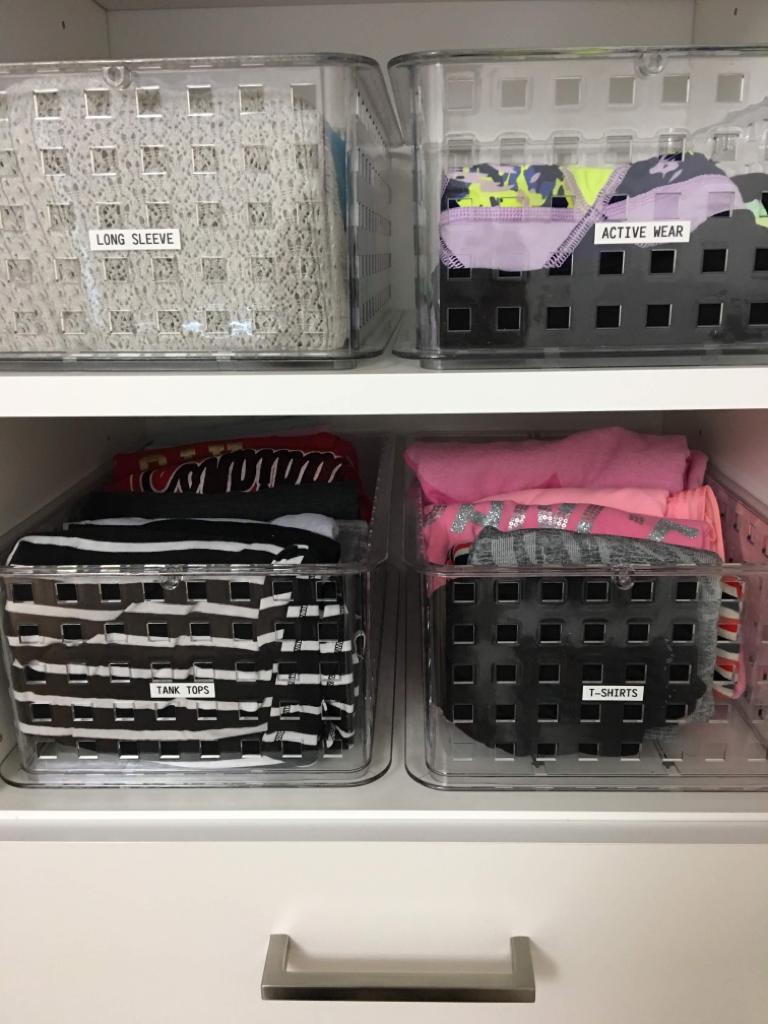
9 / 10
Nine is label tape that is not laminated. What do I mean by that?
There are some big differences between paper and laminated tapes. I can immediately tell if something’s been labeled with paper tape, especially on a binder, shelf, or container. The edges get visibly curled and when you peel it off it leaves a filmy residue behind. This is probably my most-avoided product on the list of 10 things I don’t buy because they are just terrible.
Why’s laminated tape so special? It won’t curl. It will also last you many years, and it’s weather resistant. You can put them in a freezer, store them in a garage, and even use them outside.
So make sure when you’re purchasing a label maker that you look for one that is compatible with laminated label tapes. In the long run, it will save you money, too. You can thank me later 😉
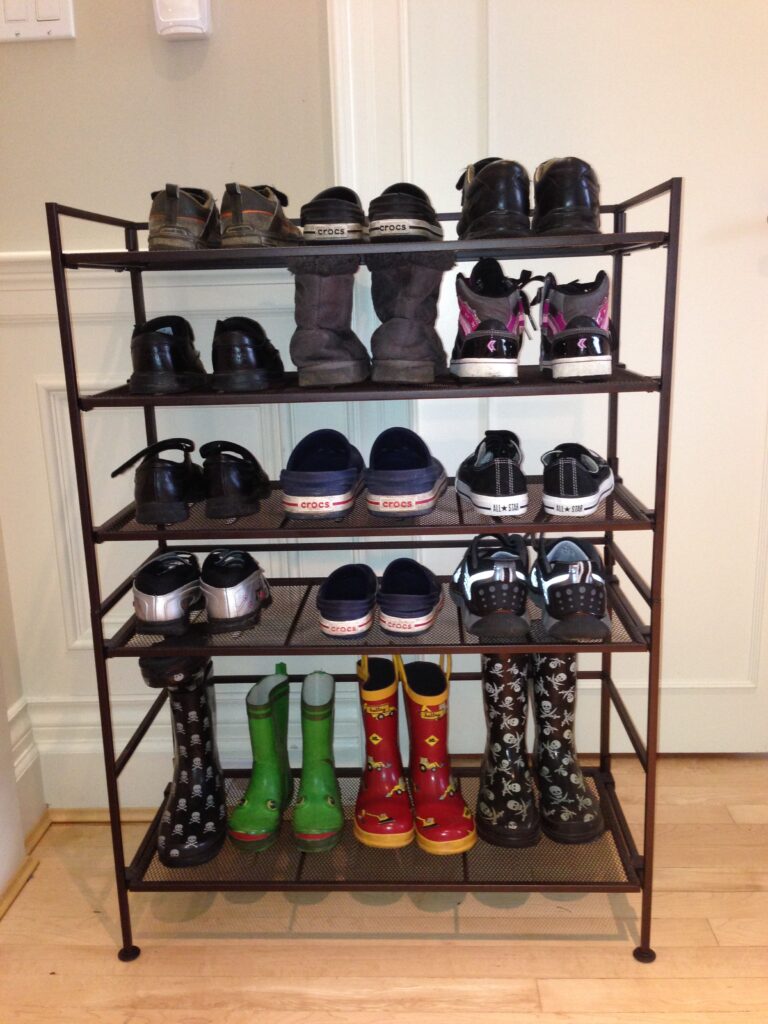
10 / 10
And last but not least at number ten, we have uncomfortable shoes. Need I say more?
I don’t buy any uncomfortable shoes anymore, and here’s why. I’m so tired of breaking in shoes for months on end that never turn comfortable. My husband and I also do a lot of walking and I can’t stand the never-ending blisters I get while wearing them. Even when we go out on vacation, we do a lot of walking. There’s nothing worse than trying to keep up with my husband and friends in uncomfortable shoes. So I will only buy shoes that, when I try them on in the store, are comfortable.
Do yourself a favor and go through all of your shoes. Anything that isn’t comfortable ask yourself, do I really wanna keep these? Is the pain worth it? Will I even wear them again?
Now, you may have a few pairs of shoes that you wear once or twice a year to special events. For those dressy shoes, I’m now making sure that even they feel nice because I’m just at that point in my life where I want to be comfortable!
So look at all those shoes in your closet that you don’t wear. If they’re not comfortable or something doesn’t feel like it fits you right, let’s donate those, consign them, or pass them on to a friend.
+1 Bonus Tip!
And here’s your bonus tip: just because something is free… doesn’t mean you need to bring it home! When you go to a cosmetics counter and they want to load you up on free samples, simply don’t take them! Though these freebies may not be things I don’t “buy” anymore, they are certainly things I don’t bring into my home. The reality is you’ll likely never use them and they’ll just clutter up your bathroom drawers and counters until you throw them out a couple of years later.
When you go to a live show or event with free stuff being handed out, stop and ask yourself, do you really want to bring this thing home? Do you want to clutter up your house with more stuff? Remind yourself it’s okay to say no.
Remember, anything that you bring into your home, you’ll have to create space for it. Then find a home for it, and maintain it for the foreseeable future! Save yourself some time and energy by only bringing home the things you will dearly love, use, and that are purposeful in your day-to-day life.
Watch the video!
I’m curious to know what items you are going to stop buying or bringing into your home! Comment below 😁👇🏼
Like this article?
You’ll love this one
Essentials for Your Summer First Aid Kit
Don’t know where to start decluttering?
Sign up for my free newsletter so I can send you my best organizing tips and strategies each week.
(and some freebies, too!)


